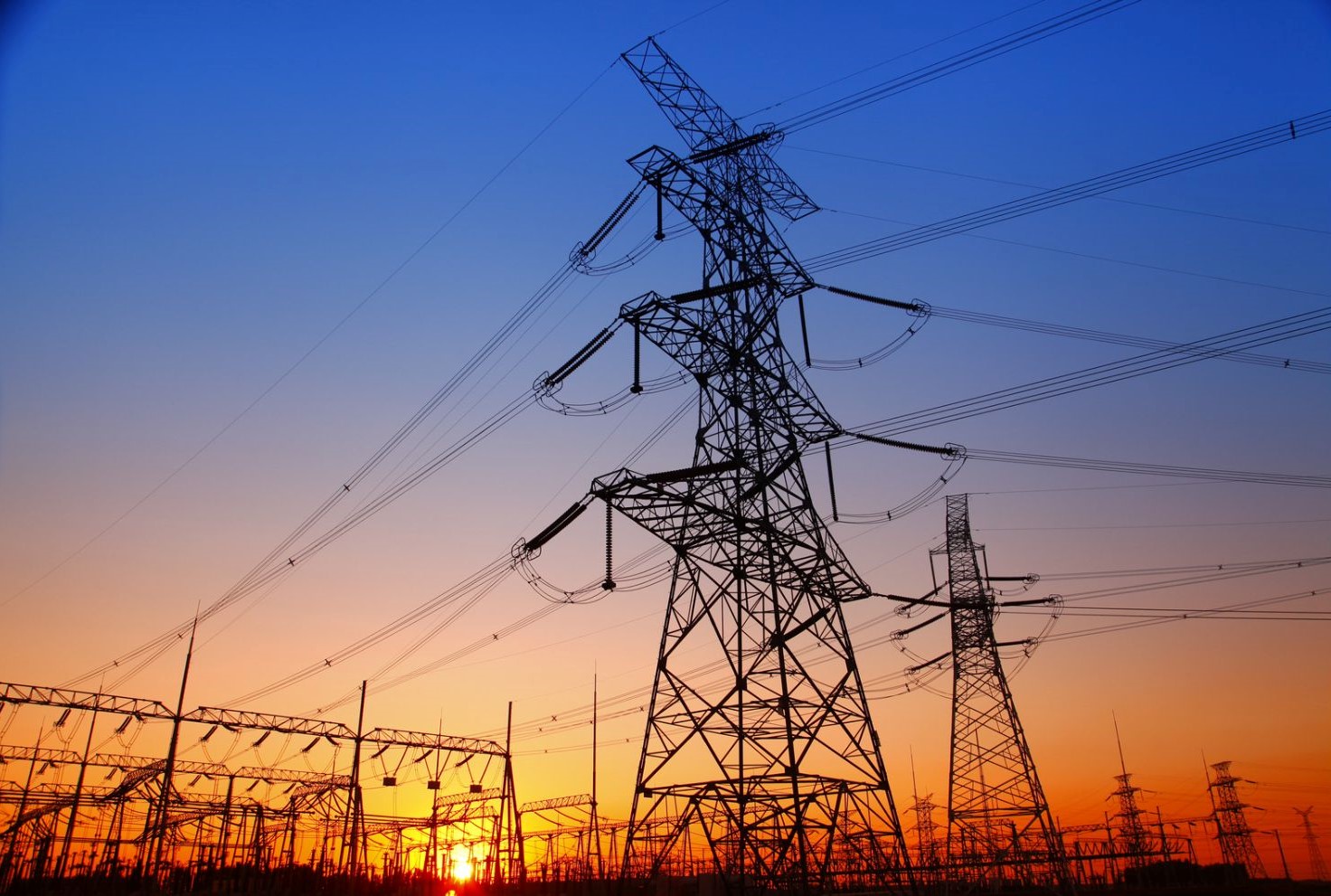
How to Achieve a Stable Electrical Grid for a Sustainable Future
In 2021, the Biden administration set its most ambitious clean energy goal so far: an electricity sector free of carbon emissions by 2035. To switch to renewable sources like solar and wind and work towards this goal, utilities will need long-duration energy storage (LDES) technologies. LDES technologies can cost-effectively store captured energy for extended periods when demand for power is low, and then release it to fill supply gaps or provide backup power in the case of a contingency. Together with short-duration battery storage, deploying LDES technologies at scale has the potential to ensure a consistent clean electricity supply, with backup energy available 24/7.
Unlike traditional batteries designed for short-term energy storage, LDES technologies can provide power for periods greater than 10 hours, up to several days. Since solar and wind power are dependent on the weather, LDES systems are necessary for storing and discharging energy in seasons when energy generation rates are lower. Perhaps more critically, they can dispatch energy when we can’t get enough supply at once from wind and solar. This allows the power grid to meet demand without relying on fossil fuels that would otherwise make up the difference.
According to the International Energy Agency (IEA), renewable electricity capacity is set to account for almost 95% of the increase in global power capacity through 2026. As our capacity for generating clean energy increases, so must our methods for storing and dispatching this energy.
Why Current Technologies Are Not Enough
Lithium-ion (Li-ion) batteries are the prevalent energy storage technology on the market, but they are unsuitable for LDES applications for several reasons.
The gaps in renewable energy generation are currently filled in by fossil fuel power plants – most frequently natural gas. For a LDES system to take on this role instead, it would require the installed cost to be $20 per kilowatt-hour or less, enabling cost parity with fossil power generation. The average cost of a lithium-ion battery pack has fallen but is still relatively elevated at $139/kWh, according to BloombergNEF.
Li-ion batteries are also not designed for deep discharge cycles, meaning they cannot release 100% of their stored energy without damaging the battery or reducing lifespans. Even when not in use, the components of a lithium-ion battery can degrade and deteriorate, reducing their storage capacity and performance. For long-term viability, utilities need a long-lasting solution with the ability to charge and discharge thousands of times without the need to replace battery packs.
Lastly, lithium-ion systems carry a risk of thermal runaway. The larger the battery pack, the greater the potential consequences in case of fire: A battery fire at an energy storage facility would pose a severe and immediate danger to workers on site, in addition to releasing toxic, flammable gases. New York City alone had 147 injuries and 6 deaths related to battery fires in 2022, largely related to ebikes and scooters with very small battery packs. Li-ion batteries are lauded for their energy density — but in a fire, more storage capacity translates to more danger. Battery fires at power plants around the world have resulted in significant financial losses and damage to infrastructure, ultimately impeding the transition to renewable energy.
With lithium-ion systems unsuitable for urbanized areas due to fire and toxic gas risks, battery developers are exploring new technologies using non-flammable and non-toxic materials. Alternative energy storage technologies, such as flow batteries, compressed air energy storage, and thermal energy storage are being developed specifically for LDES applications. These new technologies offer the potential for larger energy storage capacity, longer duration, and lower cost per unit of energy, but several factors impede their scalability.
Investing in LDES to Overcome Key Barriers
Because many LDES systems are still in the early stages of expansion, the power sector needs to invest significantly more in research and development to enhance these technologies’ effectiveness and dependability. With increased funding from private investors, developers can explore new materials and techniques to improve the efficiency of LDES systems when storing and releasing energy.
Governments and utilities are able to further incentivize the development of LDES systems by offering subsidies, tax credits, and funding opportunities. The U.S. Department of Energy’s Long-Duration Storage Shot, part of the broader Energy Storage Grand Challenge program, is a step in the right direction for advancing LDES technology. The Long-Duration Storage Shot program specifically targets LDES systems to reduce the cost of grid-scale energy storage by 90% for systems that deliver 10 or more hours of duration within the decade. The initiative will fund various projects, including researching new materials and chemistries, developing new manufacturing processes, and deploying large-scale LDES projects.
Supply Chain Infrastructure
Even if technological breakthroughs are discovered tomorrow, the power sector needs a reliable, affordable means of production, including manufacturing facilities and a robust supply chain to support making LDES components at scale.
Today’s battery storage market is characterized by critical minerals whose supply chains are confined to just a few players and are vulnerable to geopolitical instability. Known for its vertical control of the lithium-ion battery supply chain, China alone is home to 6 of the world’s 10 largest battery makers. LDES technologies will need to be based on readily sourced materials, rather than critical minerals, to enable their scalability.
Long-distance sourcing and associated transportation costs not only add to overall carbon output, they also limit the affordability of LDES systems and therefore their scalability. The battery industry needs more sources for raw materials, as well as new battery chemistries that do not rely on lithium, cobalt, or nickel and instead take advantage of materials that are readily available.
What’s Next for LDES Development?
It won’t happen overnight, but advancing the development and scale-up of new LDES technologies presents an opportunity for the United States to become a leader in clean energy. As the world transitions to solar, wind, hydroelectric, geothermal, and other renewable energy sources, LDES technologies will be the key to a stable and dependable power grid.
The Biden administration’s goal for a pollution-free electric grid by 2035 gives the power sector a timely reason to invest in scaling up new LDES technologies. Increased funding and supportive programs for LDES development will allow the United States to drive innovation, circumvent the increasing cost and instability of lithium-ion battery production, and boost economic growth on the way to achieving overarching climate goals.




